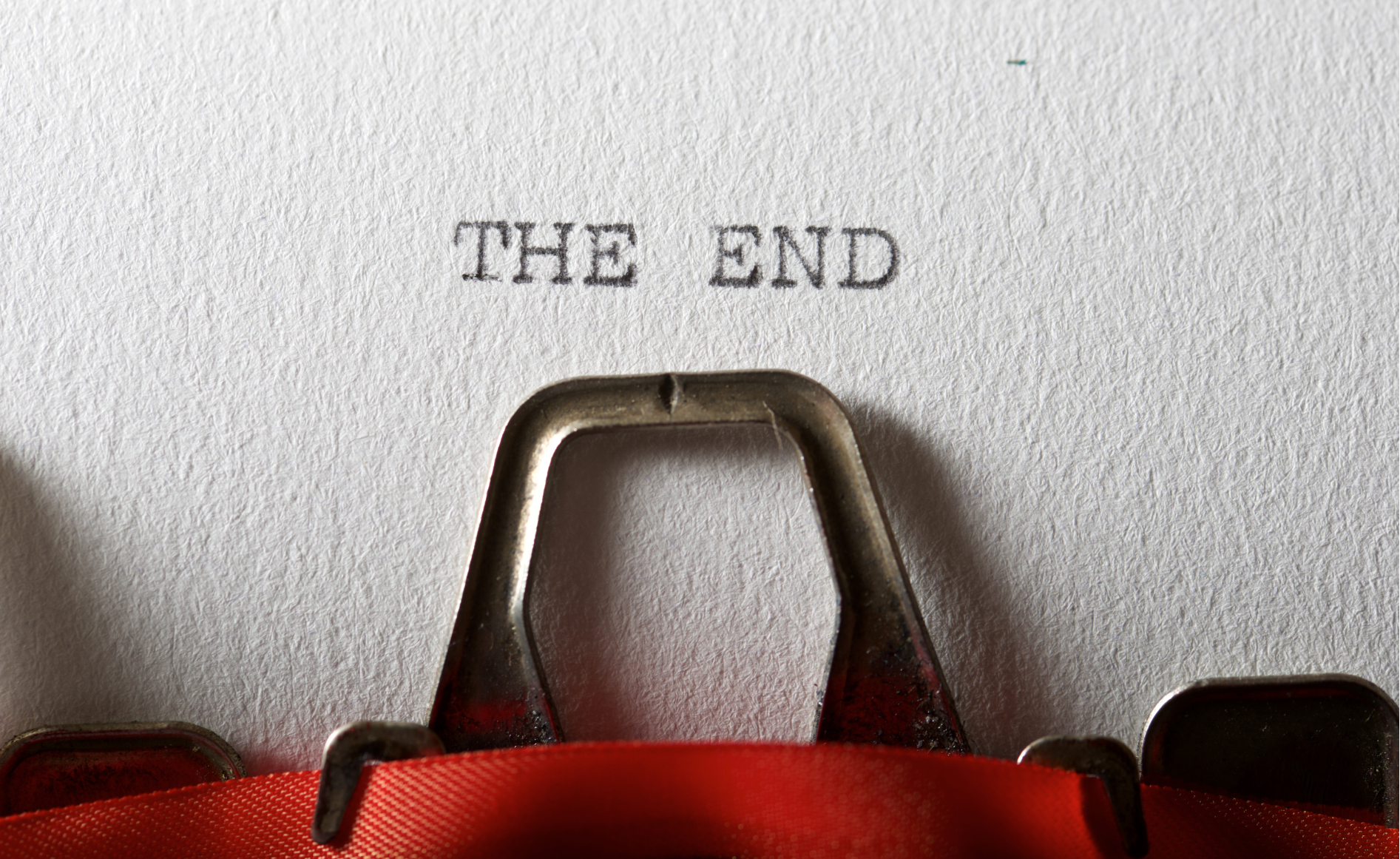Imagine attending a concert from the comfort of your home versus being in the crowd. In both places, you’ll see the same choreographed routines and hear the same chords and lyrics. But the experiences are drastically different. At the live concert, you are immersed in the moment. You are fully and completely engaged. You don’t just watch the concert, you are a part it.
More than two years ago the pandemic caused the worldwide shutdown of just about everything, including in-person mediations, forcing us to substitute virtual human connections through online applications like Zoom for those previously experienced in-person.
Fast forward and today the consensus is that mediating in a Zoom-room is – and will continue to be – an effective and cost-efficient option for parties wanting to negotiate a resolution to conflicts. My office, like many others, will continue to offer remote mediations and arbitrations for the foreseeable future simply because parties want options, and because it works.
But, as organizations and courts transition back to in-person meetings, social events, and trials, conversations about whether to mediate in-person again are popping up. Once again, parties and their counsel feel they have choices – not just about whether to mediate, but how and where to mediate.
As parties and their counsel start to talk strategically again about where and how to mediate, it seems like a good time to review some of the differentiators between remote and in-person mediation experiences.
Confidentiality. Whether or not mediation is conducted in-person or remotely, confidentiality is always important. But in some cases parties are more concerned about confidentiality than in others. For example, in a trade secret dispute the importance of confidentiality will be viewed differently than in a condemnation matter where the subject is of a public concern.
On balance, because the mediator can control who physically enters a space during in-person mediations, confidentiality is easier to ensure during an in-person mediation.
Enhanced non-verbal communications. The 7-38-55 principal is a widely known rule of thumb about how communication happens. According to the rule, about 7% of communication between humans occurs through spoken words, 38% through tone of voice, and the rest – 55% – through body language.
While body language certainly includes facial expressions that are usually visible on-camera through Zoom, there are other cues such as body posture, fidgeting, and finger tapping that are not typically visible in remote mediations.
Given the significance of body language to the effectiveness of communication, in negotiations involving sensitive, personal, and/or life-changing issues, parties may deem an in-person mediation more suitable for the subject-matter and as a way to eliminate barriers to communication that distance brings.




















